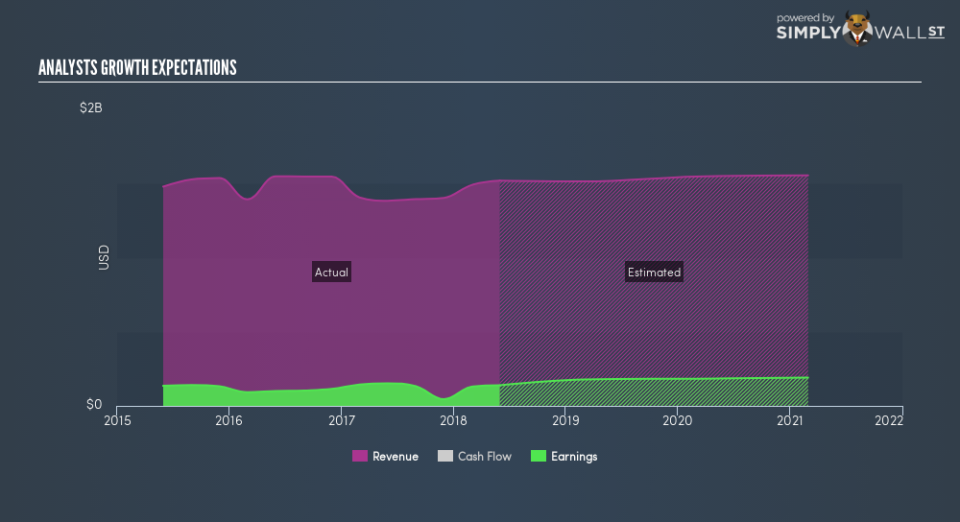Check If Insiders Are Selling Helen of Troy Limited (NASDAQ:HELE)

Helen of Troy Limited designs, develops, imports, markets, and distributes a portfolio of consumer products worldwide. Helen of Troy is one of United States’s large-cap stocks that saw some insider selling over the past three months, with insiders divesting from 5.33k shares during this period. It is widely considered that insider selling stock in their own companies is potentially a bearish signal. A research published in The MIT Press (1998) concluded that stocks following insider selling fell 2.7% compared to the market. But these signals may not be sufficient to gain confidence on whether to divest. I’ve analysed two possible reasons driving the insiders’ decision to reduce their investment of late.
See our latest analysis for Helen of Troy
Who Are Selling Their Shares?
More shares have been sold than bought by Helen of Troy’s insiders in the past three months. In total, individual insiders own less than one million shares in the business, or around 0.41% of total shares outstanding.
The insider that recently sold more shares is Vincent Carson (management and board member) .
Does Selling Activity Reflect Future Growth?
At first glance, analysts’ earnings expectations of 38.8% over the next three years illustrates an upbeat outlook going forward. But this is not consistent with the signal company insiders are sending with their net selling activity.
Probing further into annual growth rates, Helen of Troy is believed to experience a restrained level of top-line growth over the next year, but a double-digit earnings growth at 28.4%. This may mean the company has effectively managed costs in order to pump up earnings growth.
This may not be seen as a maintainable practice by insiders, who may expect a decline in earnings to reflect lower revenues in the future. Or they may merely view the stock as overvalued by the market which provides a suitable time to sell.
Can Share Price Volatility Explain The Sell?
Alternatively, the timing of these insider transactions may have been driven by share price volatility. This means, if insiders believe shares were heavily undervalued recently, this would provide a prime opportunity to buy more irrespective of its growth outlook.
Within the past three months, Helen of Troy’s share price traded at a high of $128.5 and a low of $95.55. This indicates moderate volatility with a share price movement of 34.48%.
This may not be large enough to warrant any significant divesting, therefore the underlying driver may be the insiders’ belief of company growth prospects or simply their personal portfolio diversification needs.
Next Steps:
Helen of Troy’s net selling activity tells us the stock has fallen out of favour with some insiders as of late, however, this is rather cautious relative to analysts’ earnings expectation, whereas a highly volatile share price could be the driver to sell. However it’s crucial to note that insider divesting may have nothing to do with their views on the company’s future performance. Moreover, while insider selling can be a useful prompt, following the lead of an insider, however, will never replace diligent research. there are two relevant factors you should further examine:
Financial Health: Does Helen of Troy have a healthy balance sheet? Take a look at our free balance sheet analysis with six simple checks on key factors like leverage and risk.
Other High Quality Alternatives : Are there other high quality stocks you could be holding instead of Helen of Troy? Explore our interactive list of high quality stocks to get an idea of what else is out there you may be missing!
NB: Figures in this article are calculated using data from the last twelve months, which refer to the 12-month period ending on the last date of the month the financial statement is dated. This may not be consistent with full year annual report figures.
To help readers see past the short term volatility of the financial market, we aim to bring you a long-term focused research analysis purely driven by fundamental data. Note that our analysis does not factor in the latest price-sensitive company announcements.
The author is an independent contributor and at the time of publication had no position in the stocks mentioned. For errors that warrant correction please contact the editor at editorial-team@simplywallst.com.


